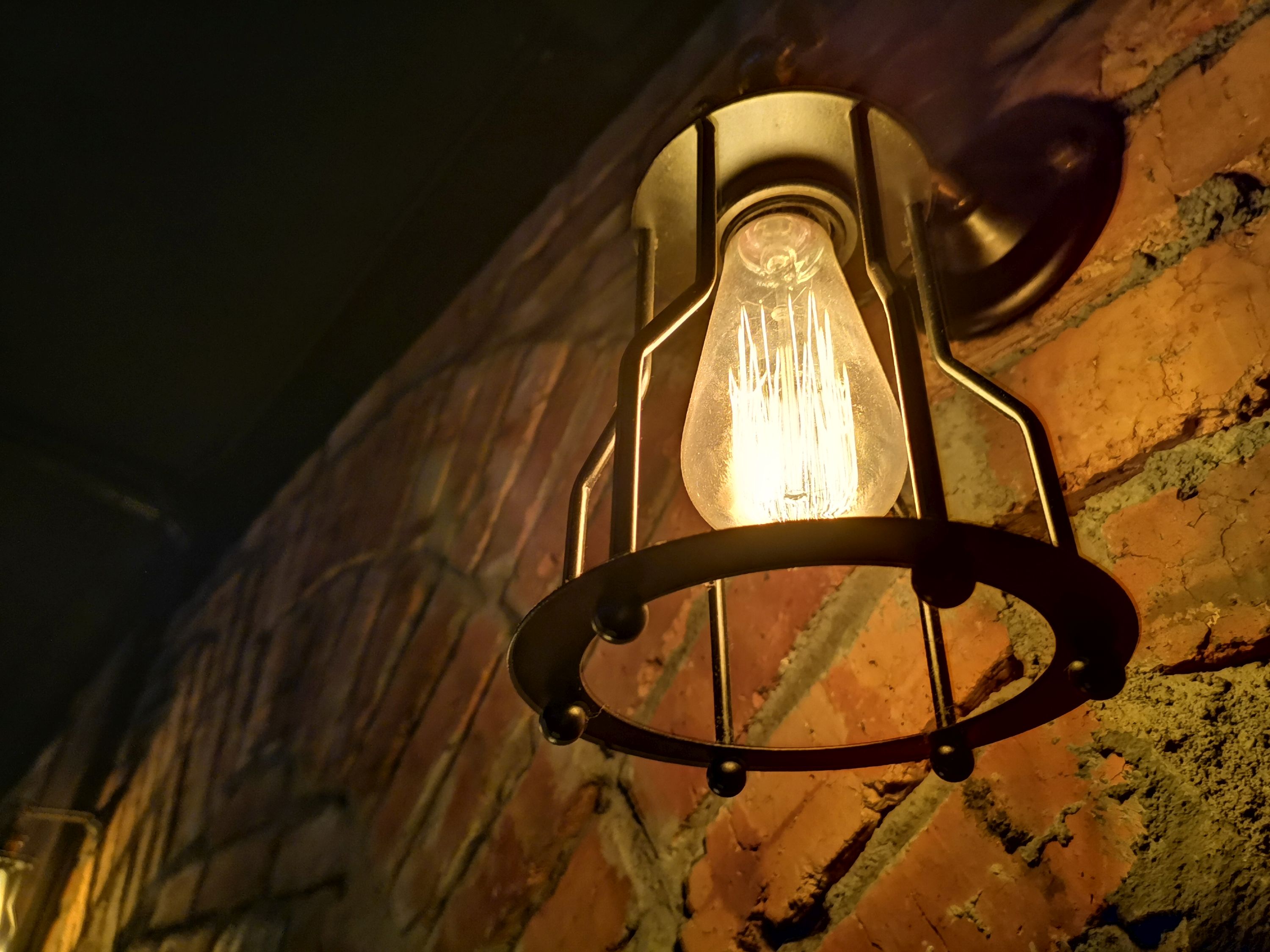HONOR has been on a steady warpath towards rebranding itself as an entity separate from its parent company, Huawei. Back in January, the company officially launched the View20, which is essentially the brand’s response to Huawei’s Mate series of smartphones.
Like the Mate series, the phone is packed to the rafters with the latest hardware. Chief among these components being the whopping 48MP f/1.8 main camera installed on the View20.
Specifications
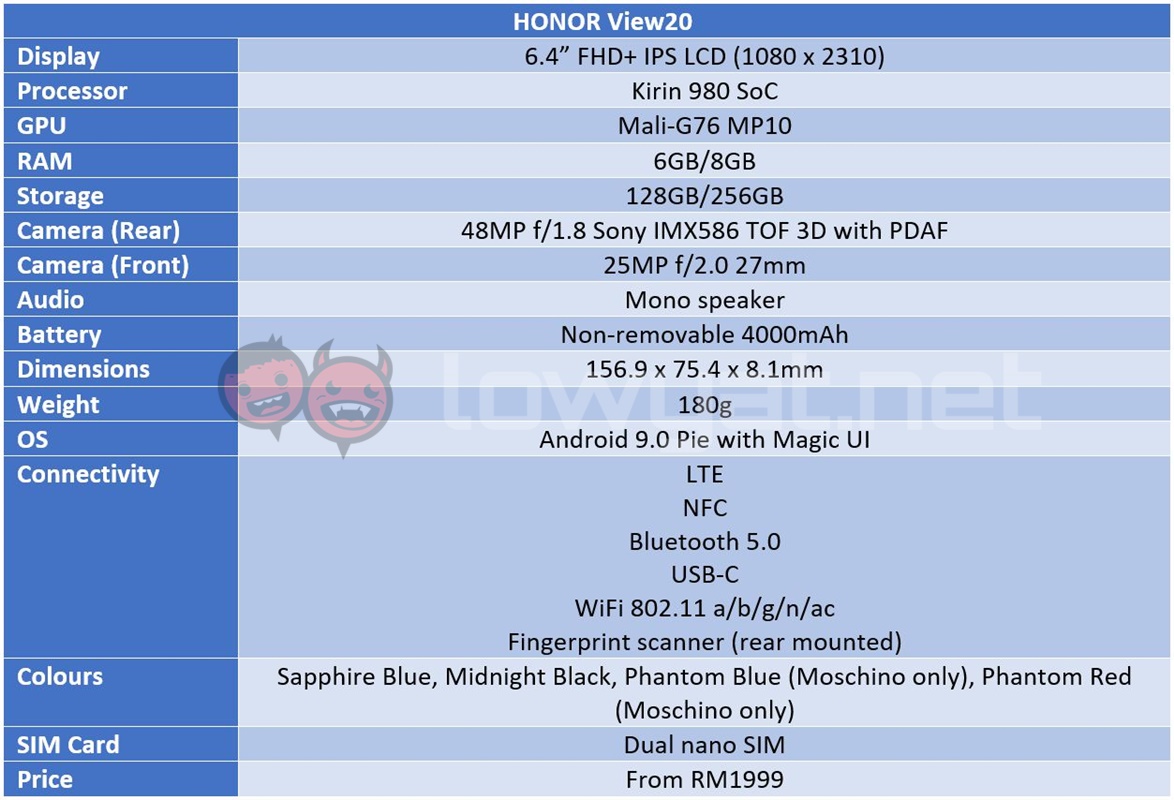
Like the majority of HONOR’s past high-end flagships, the View20 comes packed with some of the top of the line hardware. The phone is powered by the Kirin 980 SoC; a chipset that first came on to the scene with the launch of Huawei’s Mate 20 series smartphone last year.
To that list, the View20 also in memory and storage configurations, 6GB/128GB and 8GB/256GB. Although, it should be pointed out that the latter is only available for the limited edition Moschino Collection of the View20. Surprisingly, this is also the first HONOR device that doesn’t come with an expandable storage option, but that really isn’t an issue. Seeing that the default storage configuration is very generous.
Design
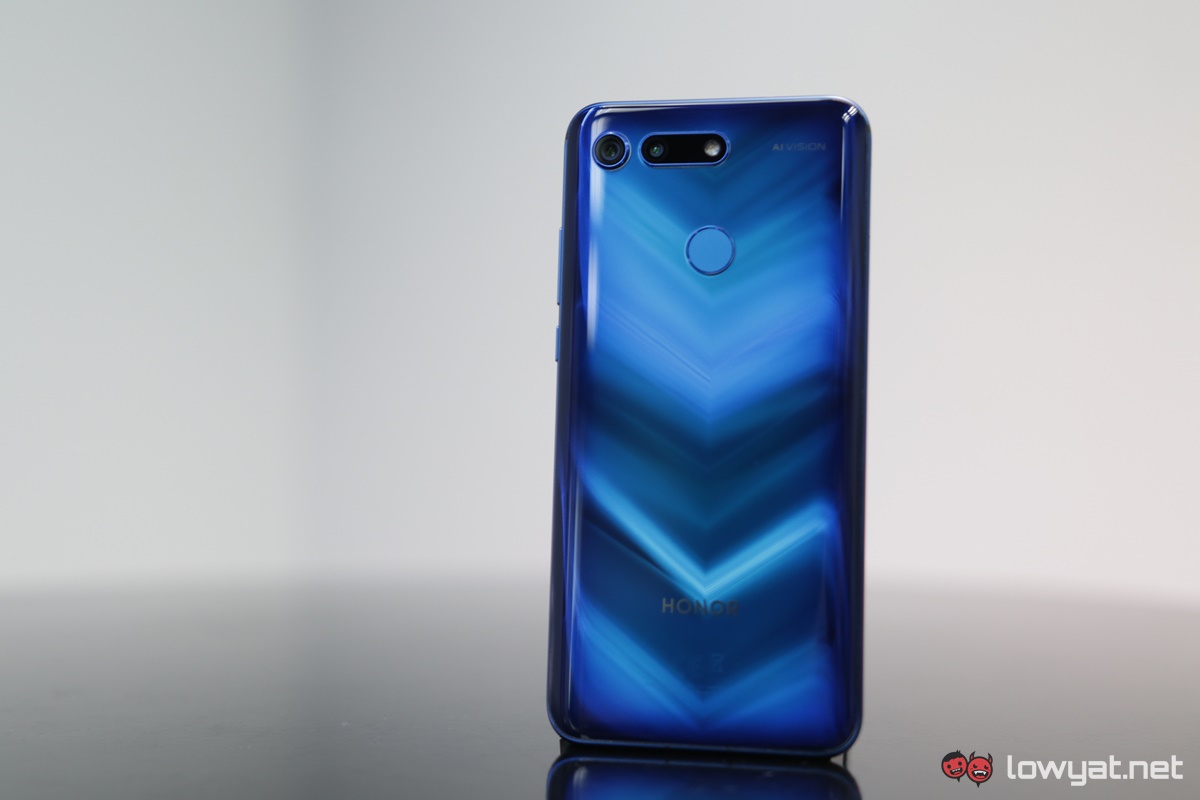
The display is easily one of the two most prominent features of the View20. If you’ll pardon the pun, the phone beat the competition to the punch by being the first brand to launch a phone with its 6.4-inch punch hole display. A hole that also harbours the device’s 25MP front-facing camera sensor.
The punch hole is far less obstructive than a notch.
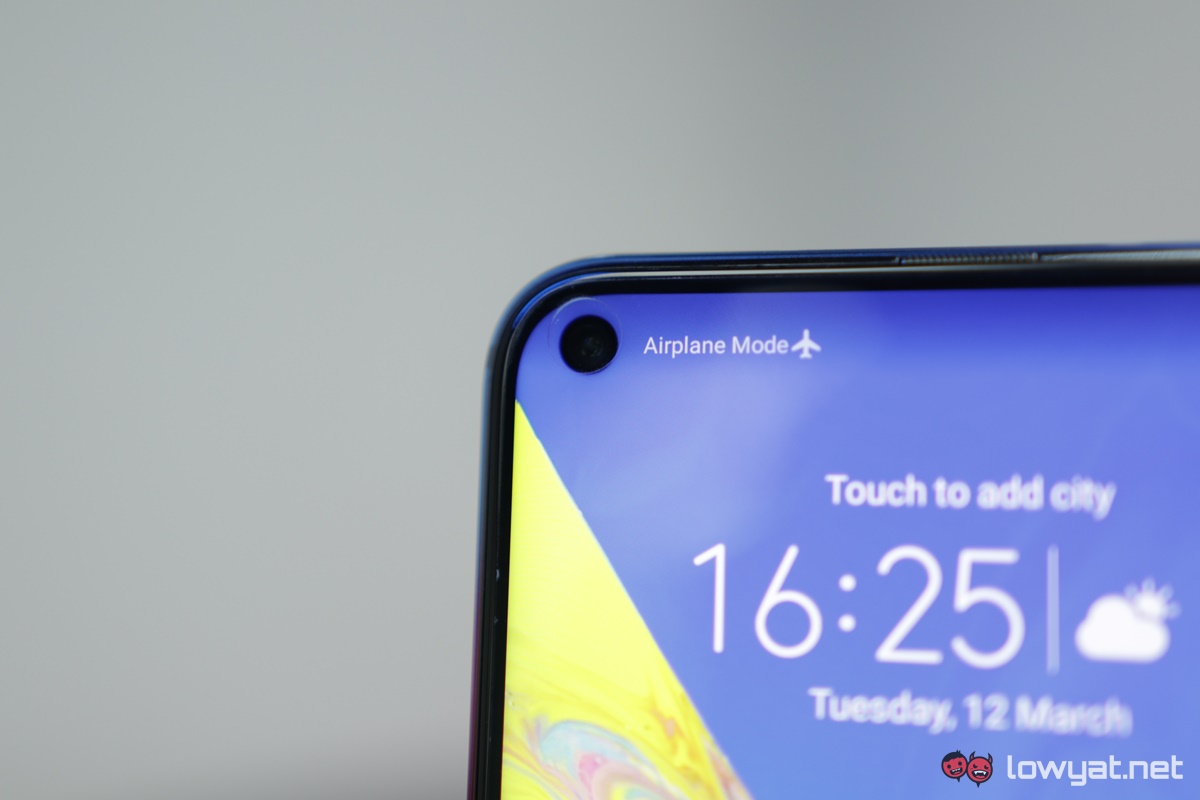
To be honest, I would rather the display not have any sort obscurity in its way. But if I have to choose between a punch hole and a notch, I am more inclined towards the former.
Another thing I appreciate about the punch hole is its position. Rather than position it right in the middle, HONOR has situated it to the far left of the display. Making it less of an obstruction for notifications.
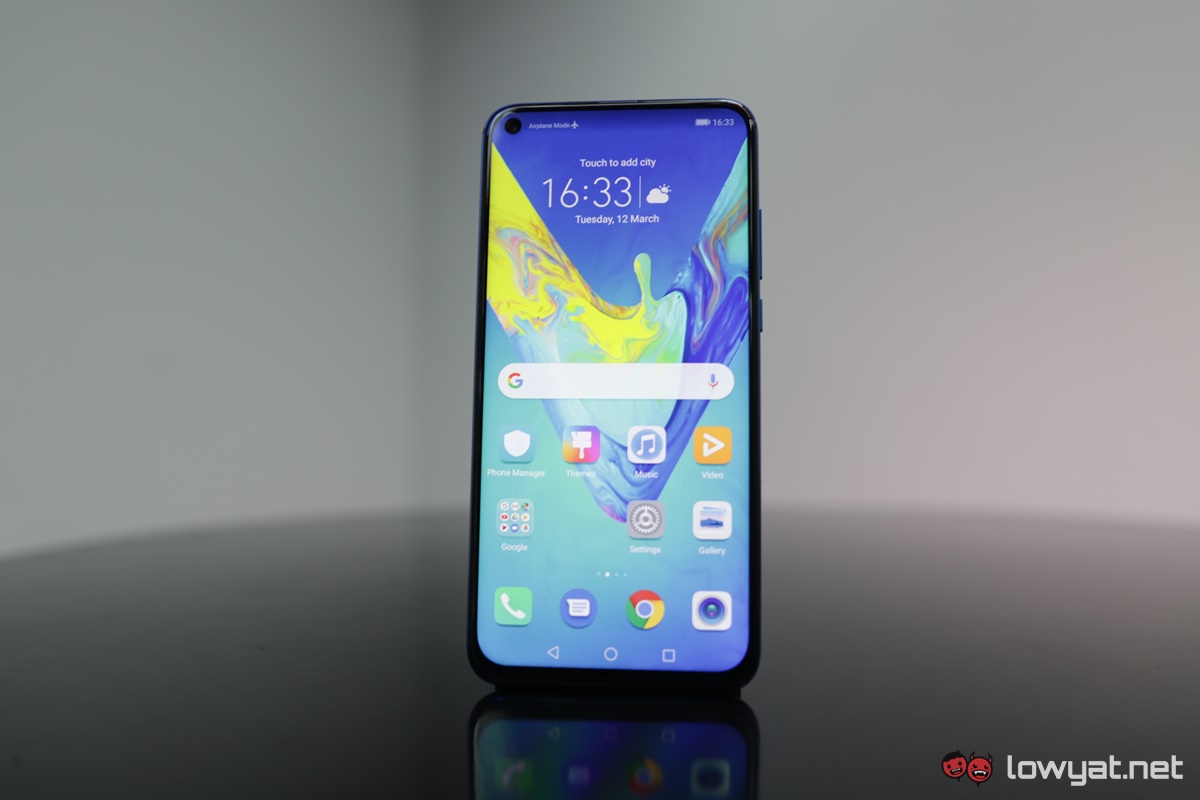
Of course, using a punch hole display means that the View20 no longer has a bezel at the top, while the bottom bezel or chin is smaller and hardly noticeable.
A physically well-balanced phone.
Due to its 19.5:9 aspect ratio, the View20 doesn’t feel cumbersome and actually fits into the palm of my hands comfortably. The weight of the phone’s also not too bad; at 180g and with a 4000mAh battery, it’s still hefty but not enough to be a hindrance.
Connectivity for the View20 is settled through the USB-C port, while sound outputs through a mono speaker right next to the port. On the subject of sound, the View20 also has a 3.5mm audio jack. Making it one of the last few flagship phones to retain the feature.
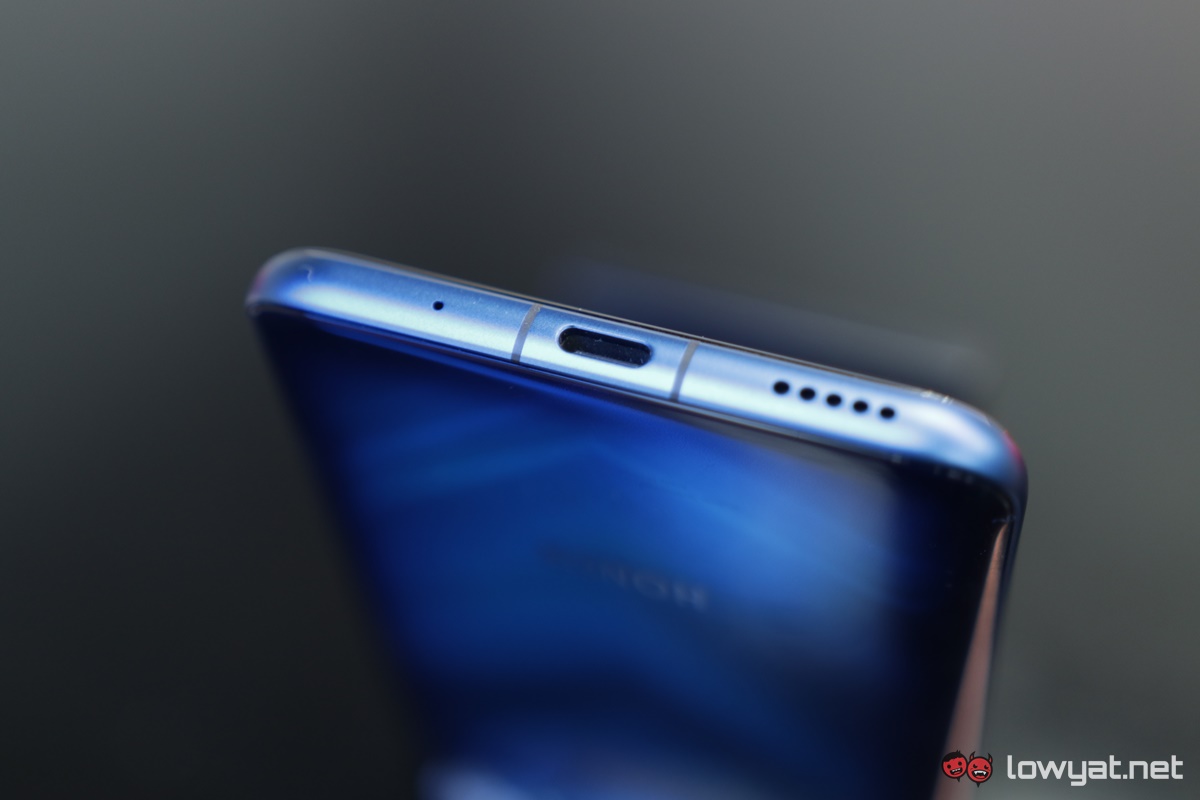
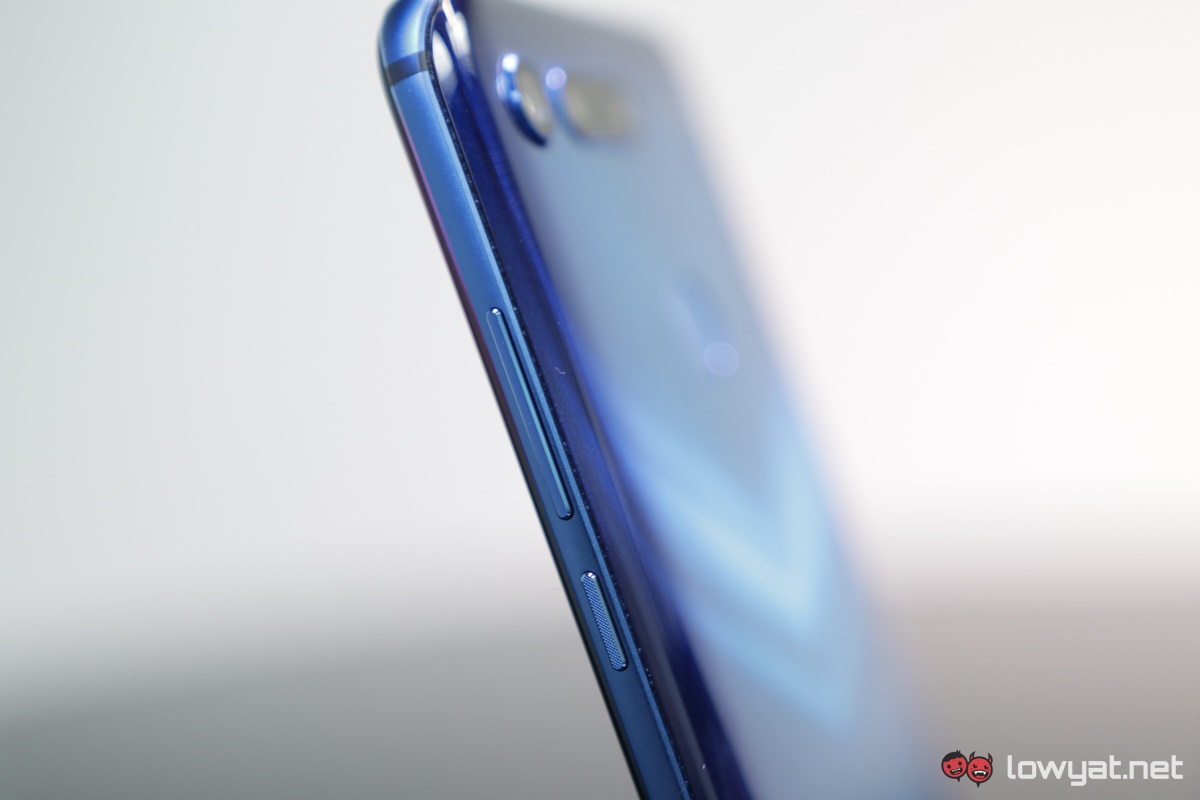
Both the power button and volume rocker are located on the right side of the phone, but in comparison to other devices, they’re situated slightly higher past the midriff of the phone.
Overall design is generic and nothing to really shout about.
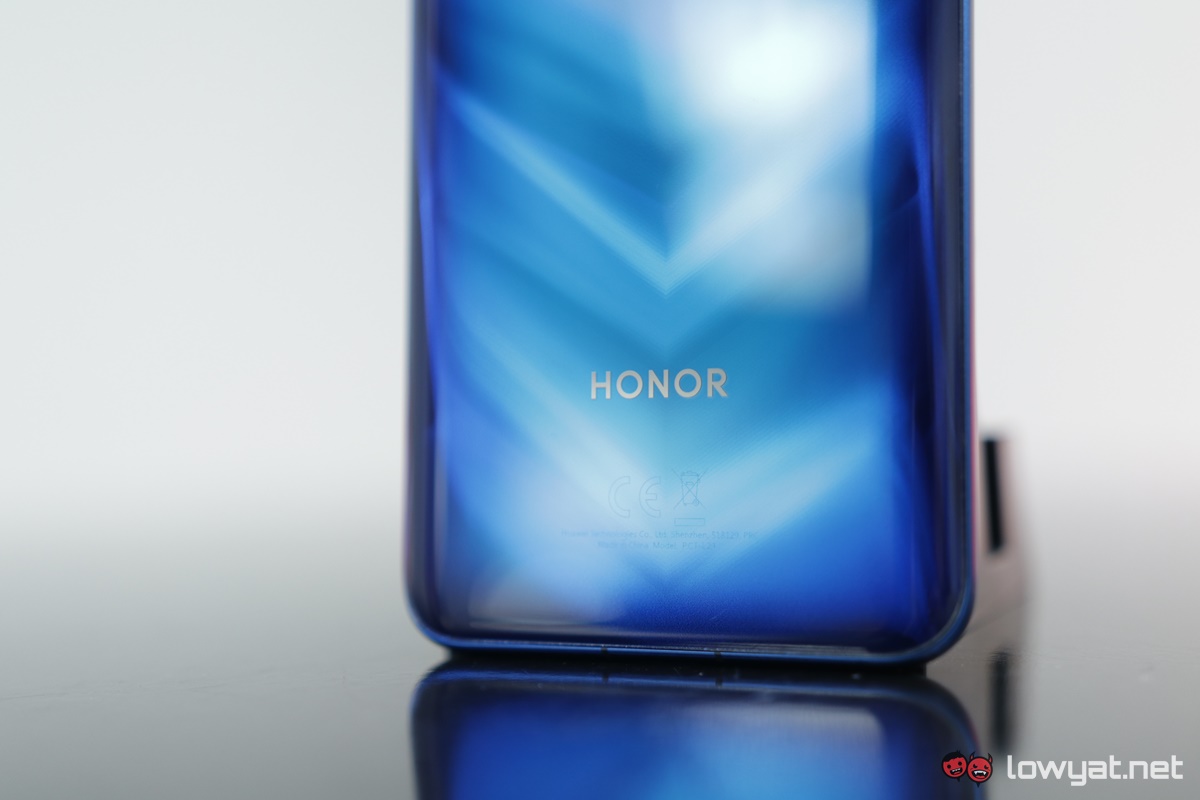
In terms of its overall design, there’s nothing outstanding that I can actually pinpoint. Besides the new punch hole display, the back of the View20 uses a design layout that essentially dates back to a template used by Samsung and Xiaomi, to name a few. Even the fingerprint sensor’s location is par for the course.
I’ll say this though; the holographic cascading chevron effect on the back of the phone – known officially as the Aurora Nanotexture design – makes the View20 that little bit more pleasing to look at.
User Experience
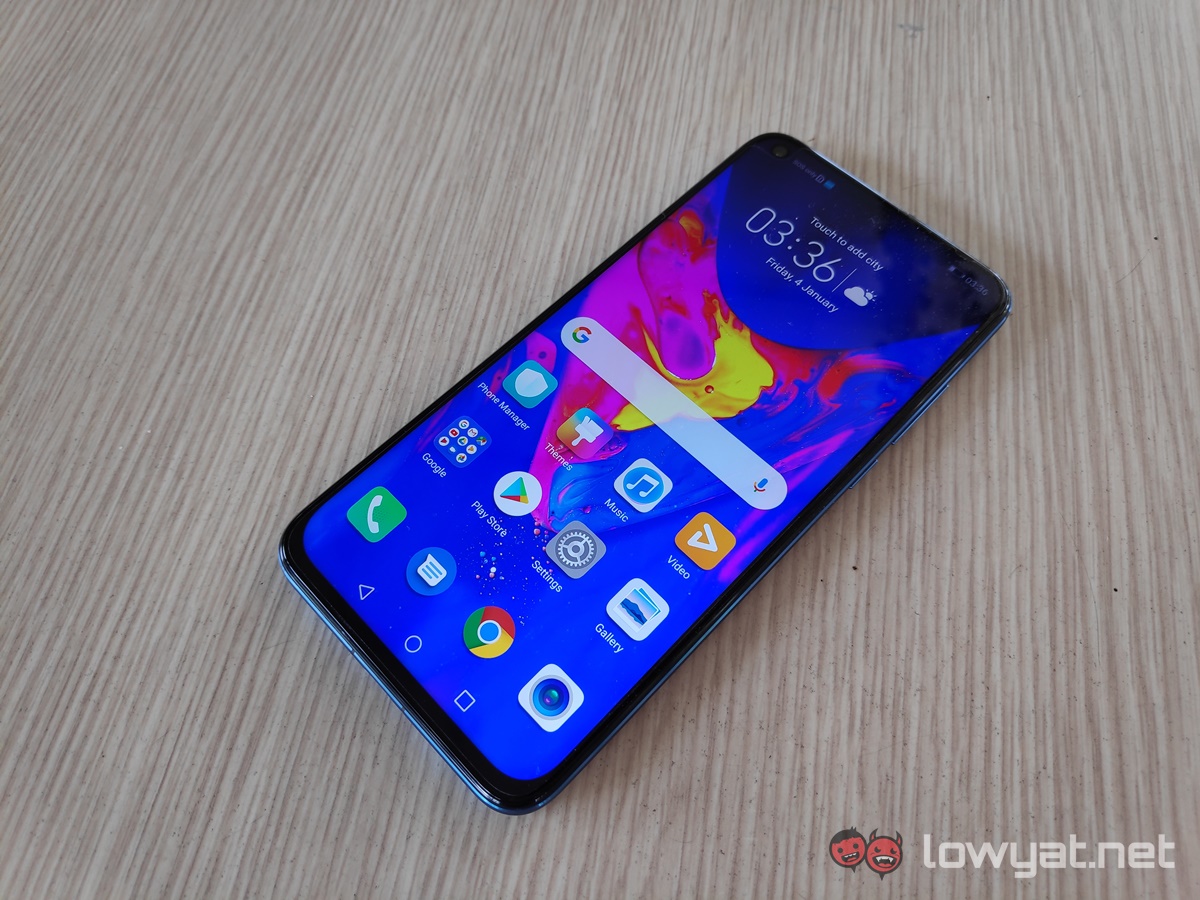
As I said earlier, HONOR is trying exceptionally hard to distance itself from its sister company, Huawei. In the process of doing so, one of the brand’s first move in re-branding (forgive the pun) itself was the changing the name of if UI from EMUI to simply Magic.
But that’s all it is; a change of name. While HONOR may be shipping out the UI under a different name, the interface is still very much Huawei’s own UI in action. From the available UI options, right down to the phone’s knuckle-activation technology.
Performance is what you’d expect of Huawei’s Kirin 980 SoC.
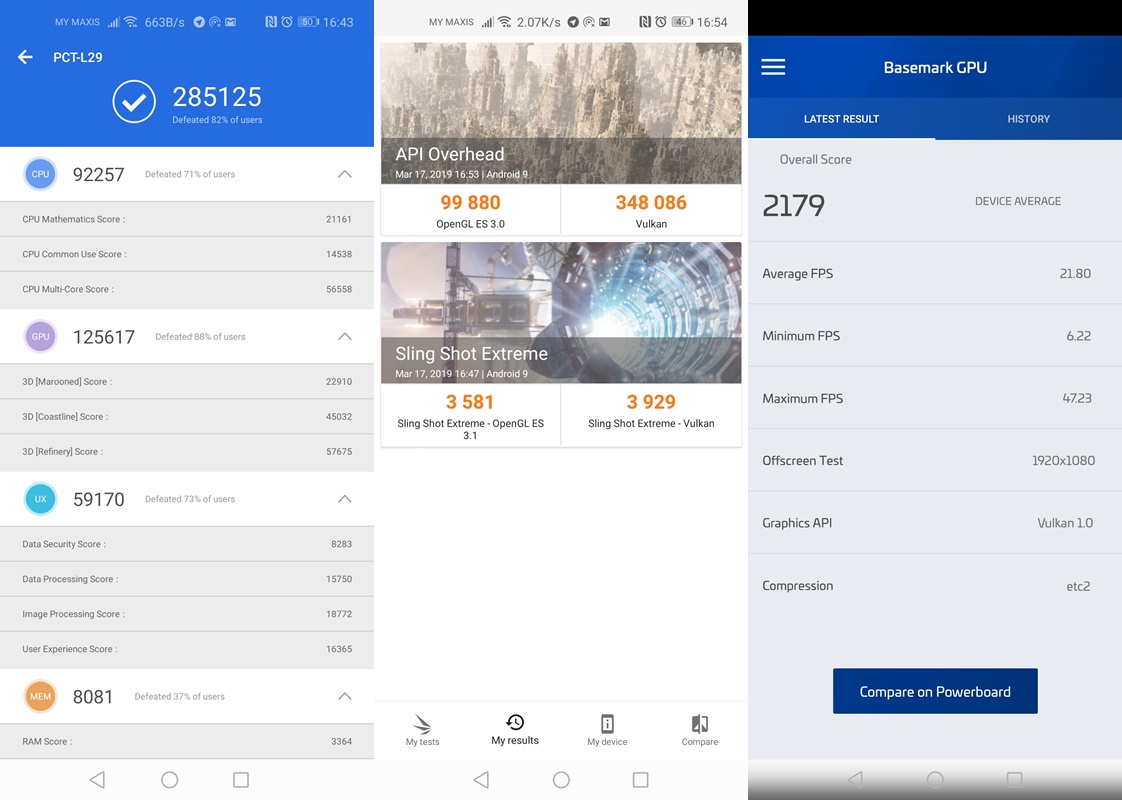
Performance of the View20 is unsurprisingly fast and snappy. Apps open up instantly, and loading times are virtually non-existent. While on the subject of speed, the facial recognition software is also just fast. From picking up the phone to recognising my face, the entire process only take about a second to unlock itself.
Beyond that, there’s really not much else to say about the phone’s performance, even on a synthetic benchmark level. As a phone running on the same Kirin 980 SoC as the Huawei Mate 20 series, the benchmarks are what you’d expect.
A battery that just keeps on giving.
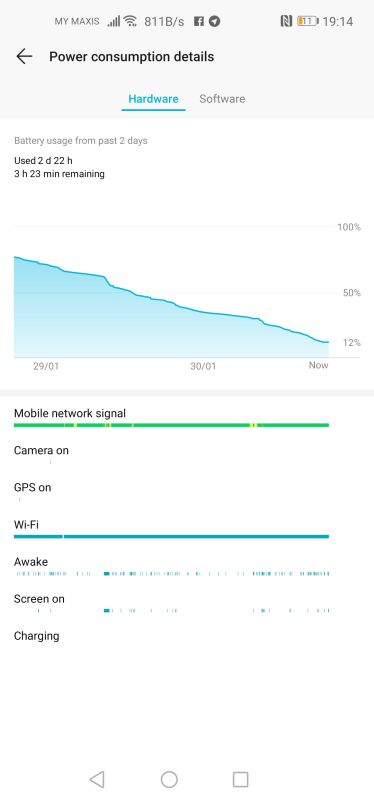
Moving forward, the View20’s 4000mAh is not just there for show. Coupled with the phone’s Kirin 980 SoC, the phone could figuratively compete in a triathlon and complete it without breaking a sweat.
On a full charge, the View20 held out for nearly three days, before it ultimately cried out for a wall socket. As a media device, the device is able to provide me with an average of 6 hours of non-stop video playback, both on YouTube and Netflix.
Charging rate is decent, but not impressive.
Charging the phone is an uneventful affair. It may not be Qualcomm’s Quick Charge technology, but it does support another form of fast charging. Once plugged into a power source, I get around 7% for just 10 minutes of charging. Leave it for 30 minutes, and I get approximately 45% of the battery power back.
Camera
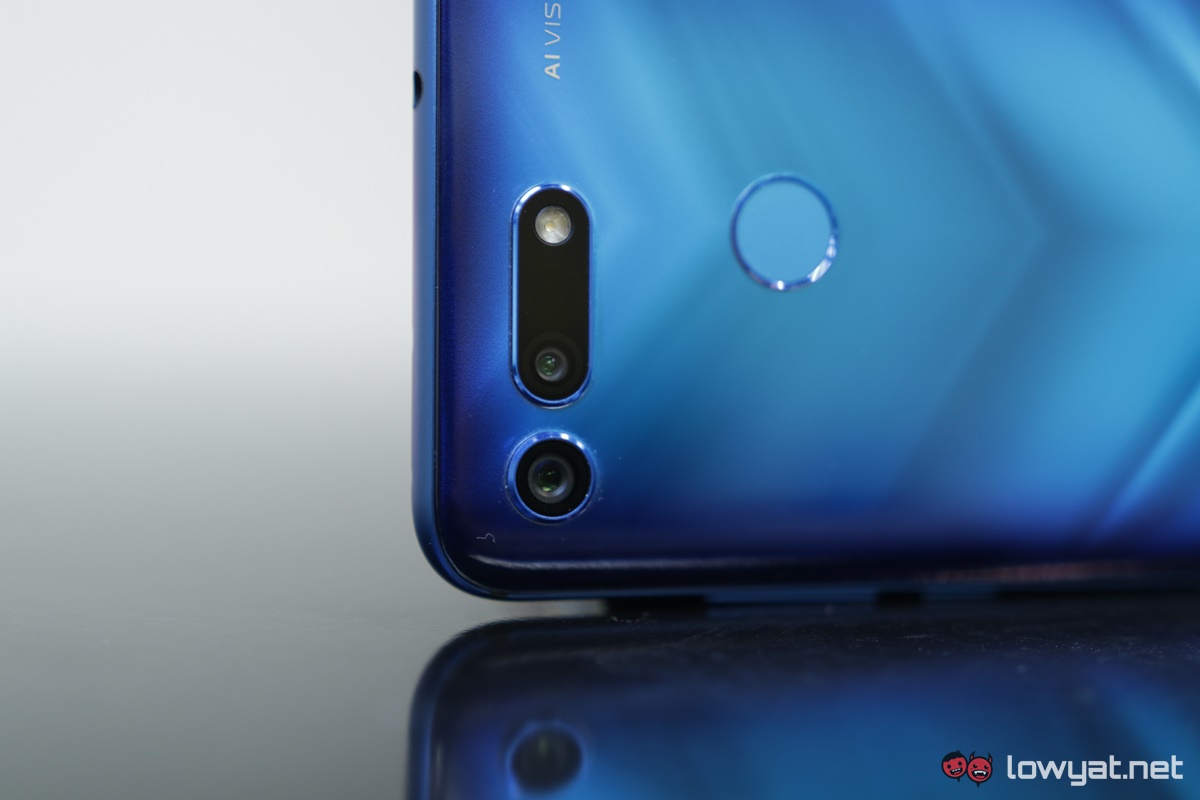
And so, we finally get to the View20’s piece de resistance – the 48MP Sony IMX586 f/1.8 camera sensor.
There are some caveats (unsurprisingly) when selecting either the 48MP or 48MP AI Ultra Clarity modes. For a start, the zoom function is disabled in both modes, meaning that I have to physically move in closer to a subject in order to get a better shot.
Regarding its 48MP AI Ultra Clarity mode; I find it annoying how the feature never stays as the default setting after being selected. Once I exit the camera function and return to it as a later time, I have to manually reset the function before I can make full use of it.
Another issue with the View20 is actually similar with the Huawei Mate 20 series’ camera – overexposure in low-light environments. To be fair, the issue doesn’t actually rear its ugly head unless you tap on a particularly dark section of the display while taking a camera. Beyond that, pictures captured in the 48MP resolution is, in two words, simply breathtaking.
Moving over to the front-facing camera; the 25MP clearly isn’t there just for show. At that resolution, the camera is able to capture practically all the details in my face. The end result is an image with adequate light, Of course, like all selfie camera phone software today, there is a beautify option that can “remove” the blemishes on my face.
On another note, the View20’s Night Mode is an absolute joy to use. Coupled with the on-board AI camera feature, low-light photography produces some sharp, clear, and detailed images. Like the 48MP mode, there are a couple of drawbacks to using Night Mode. First, the camera resolution is capped at 12MP. Secondly, you need to keep your hands steady for a few seconds, in order for the camera to form the finished image.
Sample Images
Competition
At a starting price bracket of RM1999 and with a camera sensor that size, you’re not left wanting for alternatives to the HONOR View20. For the sake of keeping this review prompt, we’ve shortlisted two competitors that gives the phone a run for its money.
Xiaomi Redmi Note 7
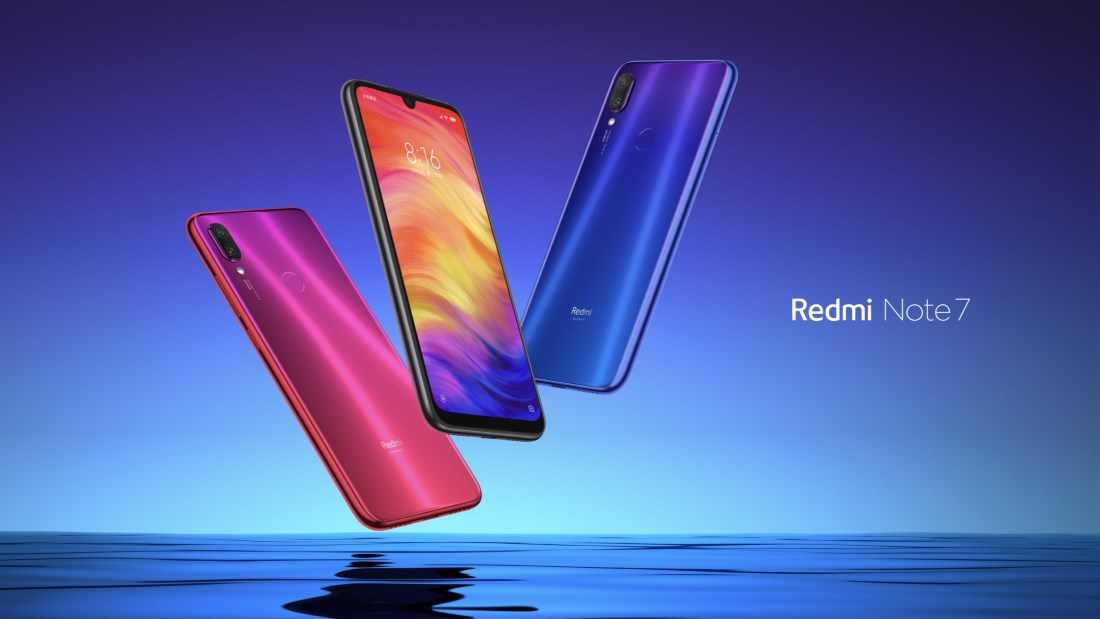
At this point, the Xiaomi Redmi Note 7 is currently one of the only other smartphones to physically sport a 48MP camera sensor, albeit not the same Sony IMX sensor as the View20. Instead, it uses the Samsung ISOCELL GM1 sensor that was announced back in October last year.
Specs-wise, however, the Redmi Note 7 is armed with slightly more modest hardware. Including a Qualcomm Snapdragon 660 SoC, 6GB RAM, and half the internal storage capacity at 64GB. It’s display is a 6.3-inch Full HD+ LTPS, but still uses a notched display instead of a punch hole display.
There is another variant, known as Redmi Note 7 Pro. That phone houses the same camera sensor as the View20, but at the time of writing, Xiaomi has yet to set an official release date. For now, the phone isn’t locally available yet, and there is no local pricing for the phone, but that will change come 19 March.
Huawei Nova 4
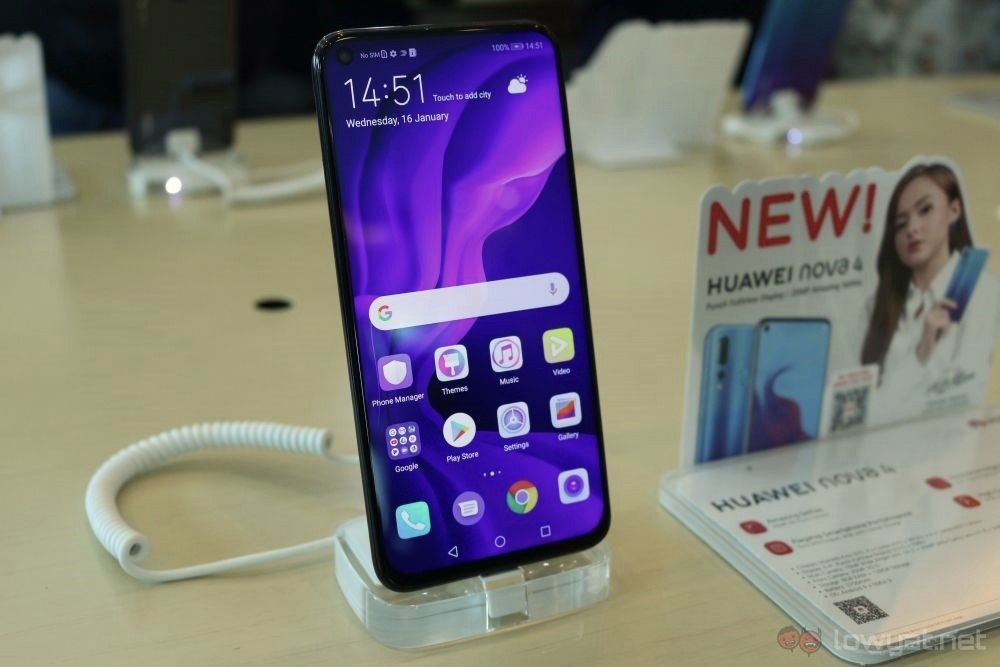
The Huawei Nova 4 was announced during December last year in China, just eight days after HONOR announces the View20. Like the View20, the Nova 4 features the same 48MP IMX586 camera sensor, but it’s part of a triple camera setup. The other two sensors being a 16MP and 2MP depth sensor. Also like the View20, the phone also features a punch hole display.
Unfortunately for the Malaysian market, the model Huawei is choosing to sell in the country is the model that features the 20MP main camera instead of the 48MP, and at an SRP of RM1899. Further, the phone is powered by the last generation Kirin 970, instead of Huawei’s latest and more powerful Kirin 980 SoC.
Conclusion
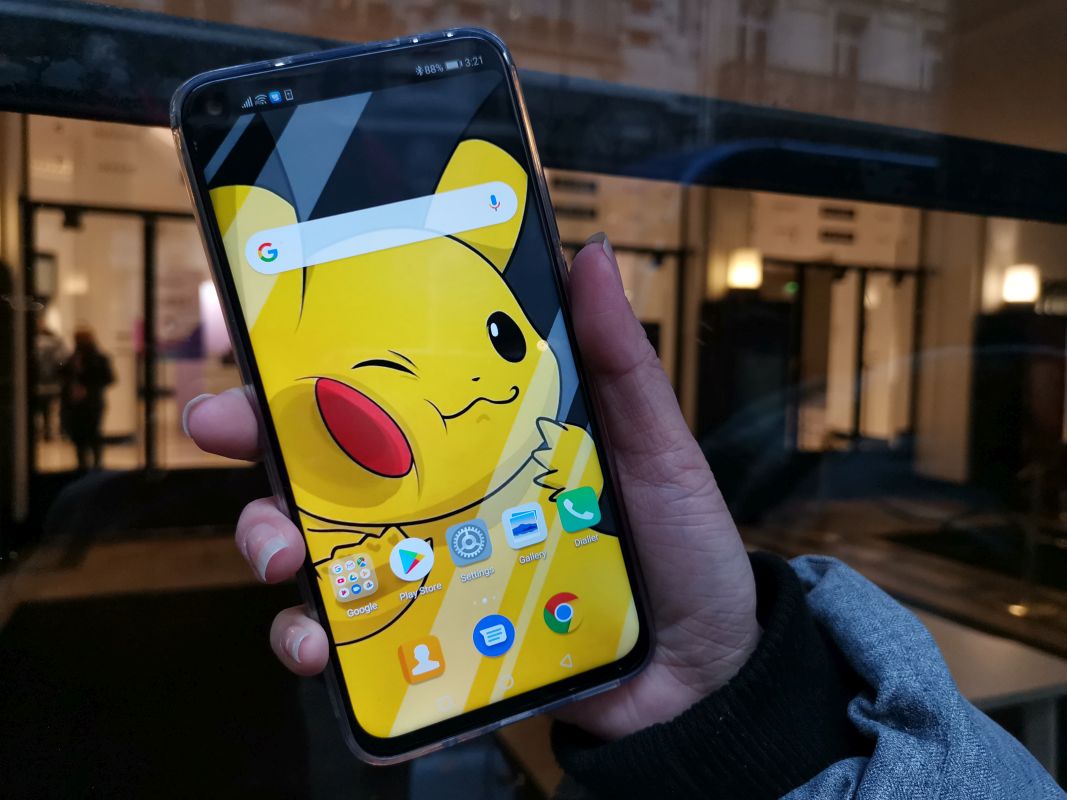
The HONOR View20 is clearly a phone with many firsts; it’s the first phone to launch with a punch hole display, beating both Huawei and Samsung – if you’ll pardon the pun – the punch last year. More importantly, it’s also the first smartphone to launch with the 48MP Sony IMX586 camera sensor.
HONOR’s best smartphone to date – in the sub RM2000 range.
At a starting price of RM1999, and with all the hardware specifications that the View20 comes equipped with, it’s not wrong to say that this is one of the most affordable premium and flagship smartphone ever to be offered by HONOR. So, if you’re looking for a phone that’s all about having power while being on the down low, then this is the device for you.
Follow us on Instagram, Facebook, Twitter or Telegram for more updates and breaking news.












